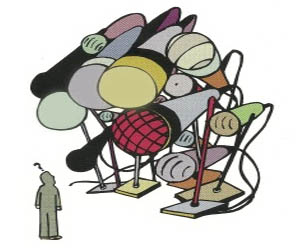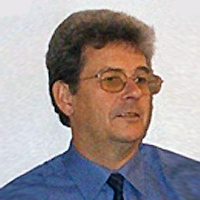Editor’s Note: I ran across the following while reading through some old SynAudCon newsletters. My thanks to Peter for allowing us to share it with you here. As Pat Brown of SynAudCon noted, “These are for real – there are people out there that really believe them. This makes for good job security for all of us!”
1. Sound systems always feed back at 400 Hz.
2. Sound systems only feed back at the frequencies indicated on the graphic equalizer.
3. Bigger (wider) filters are best as they get rid of more feedback.
4. Side-chain processors eliminate feedback by sending it round the side chain instead of into the main mix.
5. Without feedback, sound reinforcement loudspeakers would not be able to handle the power of modern amplifiers – which is why professional amplifier designers have to provide feedback within their designs.
6. Cascading graphic equalizers (i.e.. wiring them in series) can get rid of twice as much feedback as one device alone.
7. Feedback only occurs during live performances – and never during sound check and technical rehearsals.
8. Disconnecting the phantom power is an infallible remedy for feedback when using electret and condenser microphones.
9. Feedback occurs when a microphone and loudspeaker are coincident in the same plane – which is why modern aircraft systems mainly use pre-recorded announcements.
10. Never use oxygen free copper cables for sound reinforcement wiring as it allows the electrons to move faster, causing feedback to occur more quickly.
11. Bigger microphones are more prone to feedback as they pick up more sound. Conversely, big loudspeakers cause more feedback as they produce more sound.
12. Equalizers work better when mounted upside down in the rack as it makes them phase inverting and so helps cancel feedback.
13. As you can only equalize the direct sound, this means that you can equalize the loudspeakers back at the shop and save time on site, as the direct sound is the same everywhere—by definition.
14. Always put a TEF/sine sweep through a loudspeaker before it is installed as this gets it used to the frequencies it will need to reproduce. Do not forget that just “TEFfing” a system will make it sound better.
15. It is best to equalize a system using pure tones rather than pink noise as they are far more musical.
16. Good microphones don’t feed back.





















